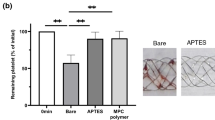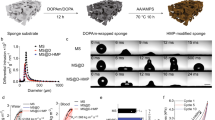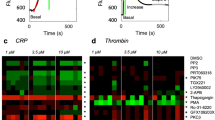Abstract
WE have shown1 that the clotting time of platelet-rich plasma (PRP) is progressively shortened by incubation at 37° C with a suspension of kaolin, and that this reflects a progressive increase in availability of platelet factor 3 (PF3) as well as activation of the plasma clotting system. Since maximal acceleration of clotting by kaolin was only achieved when platelets and plasma were activated to-together, it seemed likely that a plasma component was required for the reaction of platelets with kaolin. In order to determine whether a plasma coagulation factor was concerned in this reaction, investigations were carried out on the PRP of patients with a series of congenital coagulation defects. Equal volumes (0.1 ml.) of PRP and kaolin (5 mg per ml. of buffered saline, pH 7.3) were incubated at 37° C for 20 min and then recalcified with 0.1 ml. of 0.025 M calcium chloride, 0.1 ml. of a partially purified preparation of the deficient factor (or of buffered saline) being added in each case immediately before or after incubation with the kaolin. In the cases of factor-XII and factor-XI deficiency, activation product (prepared by the method of Nossel2) was used in place of the respective purified factors. Factors V and VIII were prepared by ammonium sulphate precipitation from barium sulphate-adsorbed platelet-poor oxalated normal plasma and factors VII, IX and X by adsorption of normal serum on to barium sulphate and subsequent elution into 5 per cent trisodium citrate. The fibrinogen reagent used (kindly provided by the Blood Products Laboratory of the Lister Institute) was prepared from fresh plasma by the method of Kekwick and Mackay3 and was 66 per cent clottable; it also contained plasminogen and some factor VIII and anti-von Willebrand activity.
This is a preview of subscription content, access via your institution
Access options
Subscribe to this journal
Receive 51 print issues and online access
$199.00 per year
only $3.90 per issue
Buy this article
- Purchase on SpringerLink
- Instant access to full article PDF
Prices may be subject to local taxes which are calculated during checkout
Similar content being viewed by others
References
Hardisty, R. M., and Hutton, R. A., Brit. J. Haemat., 11, 258 (1965).
Nossel, H. L., The Contact Phase of Blood Coagulation (Blackwell Scientific Publications, Oxford, 1964).
Kekwick, R. A., and Mackay, M. E., Spec. Rep. Ser. Med. Res. Coun., Lond., 286 (1954).
Horowitz, H. I., in Genetics and the Interaction of Blood Clotting Factors, 113, edit. by Koller, F. (Schattauer, Stuttgart, 1965).
Gugler, E., Stillhart, H., Burger, N., and Bütler, R., Schweiz. Med. Wschr., 94, 1469 (1964).
Caen, J., Castaldi, P., and Inceman, S., Nouv. Rev. franç. Hémat., 5, 327 (1965).
Cross, M. J., Thromb. Diath. Haem., 12, 524 (1964).
McLean, J. R., Maxwell, R. F., and Hertler, D., Nature, 202, 605 (1964).
Brinkhous, K. M., Read, M. S., and Mason, R. G., Lab. Invest., 14, 335 (1965).
Hardisty, R. M., Dormandy, K. M., and Hutton, R. A., Brit. J. Haemat., 10, 371 (1964).
Hardisty, R. M., and Hutton, R. A., Proc. Tenth Congr. Europ. Soc. Haemat., Strasbourg (1965) (in the press).
Author information
Authors and Affiliations
Rights and permissions
About this article
Cite this article
HARDISTY, R., HUTTON, R. Fibrinogen as a Co-factor in the Reaction of Platelets with Kaolin. Nature 210, 644 (1966). https://doi.org/10.1038/210644a0
Issue date:
DOI: https://doi.org/10.1038/210644a0
This article is cited by
-
Platelet adhesiveness and aggregation in congenital afibrinogenemia
Blut Zeitschrift für die Gesamte Blutforschung (1975)



